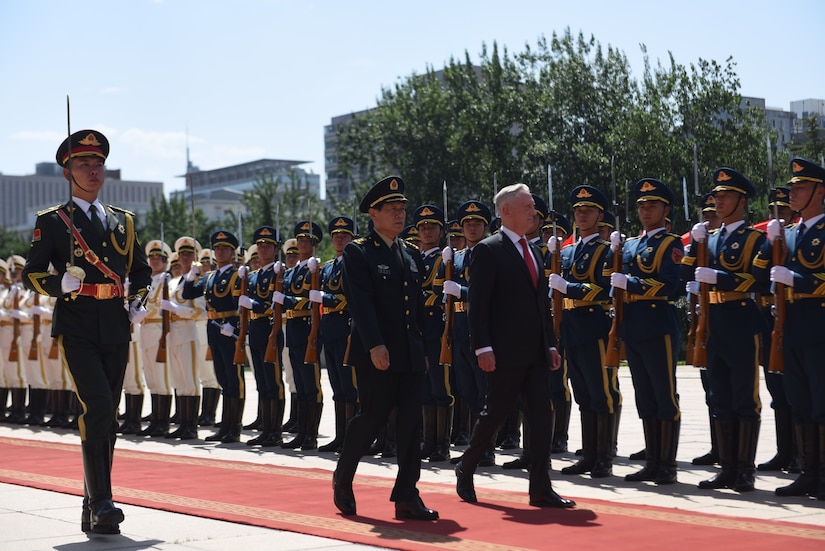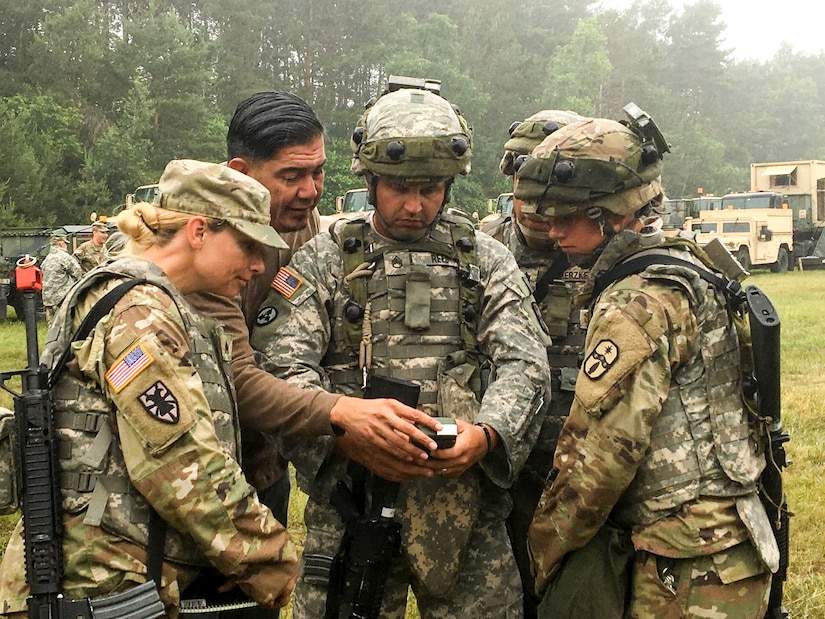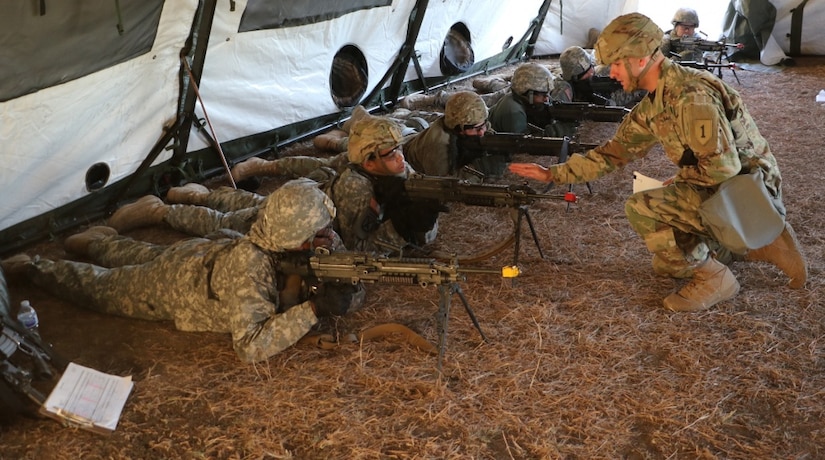By Terri Moon Cronk, DoD News, Defense Media Activity
WASHINGTON -- Infantry soldiers could receive another eight
weeks of training, stretching the instruction from 14 weeks to 22 weeks, Sgt.
Maj. of the Army Daniel A. Dailey said during a forum at the Pentagon, June 25.
The extended training will kick off in a pilot program
beginning in July and ending in December, Dailey said. Following the pilot,
it’s expected the redesigned One Station Unit Training, or OSUT, would start in
2019, he added.
OSUT is a training program in which recruits remain with the
same unit throughout Basic Combat Training and Advanced Individual Training.
Army training programs are conducted this way, including those for infantry, M1
Abrams crew, combat engineers, cavalry scouts, and military police.
The goal of the extended training is to improve infantry
readiness, lethality and proficiency before the soldiers arrive at their first
duty station, Dailey explained.
“We want to make our soldiers more capable; we want to give
those units receiving those young men and women a better product, and we owe
the young men and women coming to the Army the best training we possibly can
[give them],” he said.
Dailey said extending the training is neither new nor
urgent. “We've been looking at it for a long time,” he said of the additional
eight-week instruction.
Balancing Requirements
“We know we can get a better product if we make it long. If
we kept people in basic training for a year, we could make an even better
product. This is a balance between requirements, resources and readiness and
time. So, there's no urgency driving this other than the fact that we know that
we can do better,” the SMA said.
The Army has packed a lot into basic training, and it needs
to be extended, he said.
“We can do better, and the nature of the complex environment
we live in is really what’s driving us to give our units a more capable product
in the end,” Dailey said.
Extending OSUT involves increasing readiness and thus
preparing for the future, he said. “The pilot program is the first step toward
achieving our vision of the Army of 2028,” adding to increased lethality, he
added.
Some areas of concentration in the 22-week OSUT pilot
include additional weapons and vehicle maintenance training and extended field
training exercises, he said.
Extending training in other combat arms is dependent upon
the results of the infantry pilot program, the SMA said.










